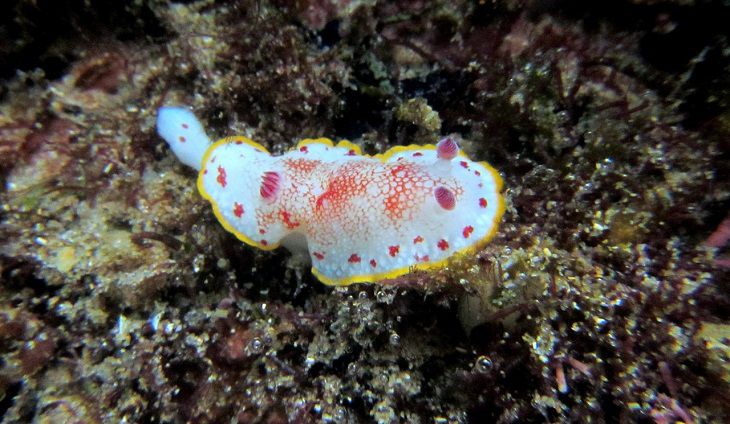While we have lots of amazing animals around us, the most amazing and curious animals still live underwater.
Specific undersea conditions make animals adapt, so they can become very much different from what we are used to.
Here are a few examples of unusual underwater animals.

Leafy Sea Dragon
Found along the southern and western coasts of Australia, leafy sea dragons are masters of camouflage.
Their leaf-like appendages not only help them blend with seaweed but also provide a protective covering.
They lack a typical tail, relying on small, translucent fins for movement.
Blobfish
The blobfish resides in deep-sea environments off the coasts of Australia and New Zealand.
Its unique appearance results from the lack of a swim bladder, which gives it a gelatinous, "blobby" look.
While it looks different out of water, its appearance is well-suited for its natural habitat.
Nudibranch
Nudibranchs exhibit remarkable diversity, boasting intricate patterns and vivid colors.
They are found in various marine environments and often incorporate toxins from their prey into their own defense mechanisms, making them less appealing to predators.
Blue-ringed Octopus
Despite its small size, the blue-ringed octopus carries potent venom that can be deadly to humans.
Its striking blue rings serve as a warning when the octopus feels threatened. These cephalopods are found in the Indo-Pacific region.
Glowing Jellyfish
Bioluminescent jellyfish produce light through a chemical reaction.
This adaptation serves multiple purposes, including attracting prey, deterring predators, and communicating with other members of their species.
The deep-sea-dwelling Atolla jellyfish, for instance, can create a luminous display when threatened.
Giant Isopod
Giant isopods are crustaceans that inhabit the cold, dark depths of the ocean floor.
They are scavengers, feeding on dead whales and other large carcasses.
Their slow metabolism allows them to survive in environments with limited food resources.












